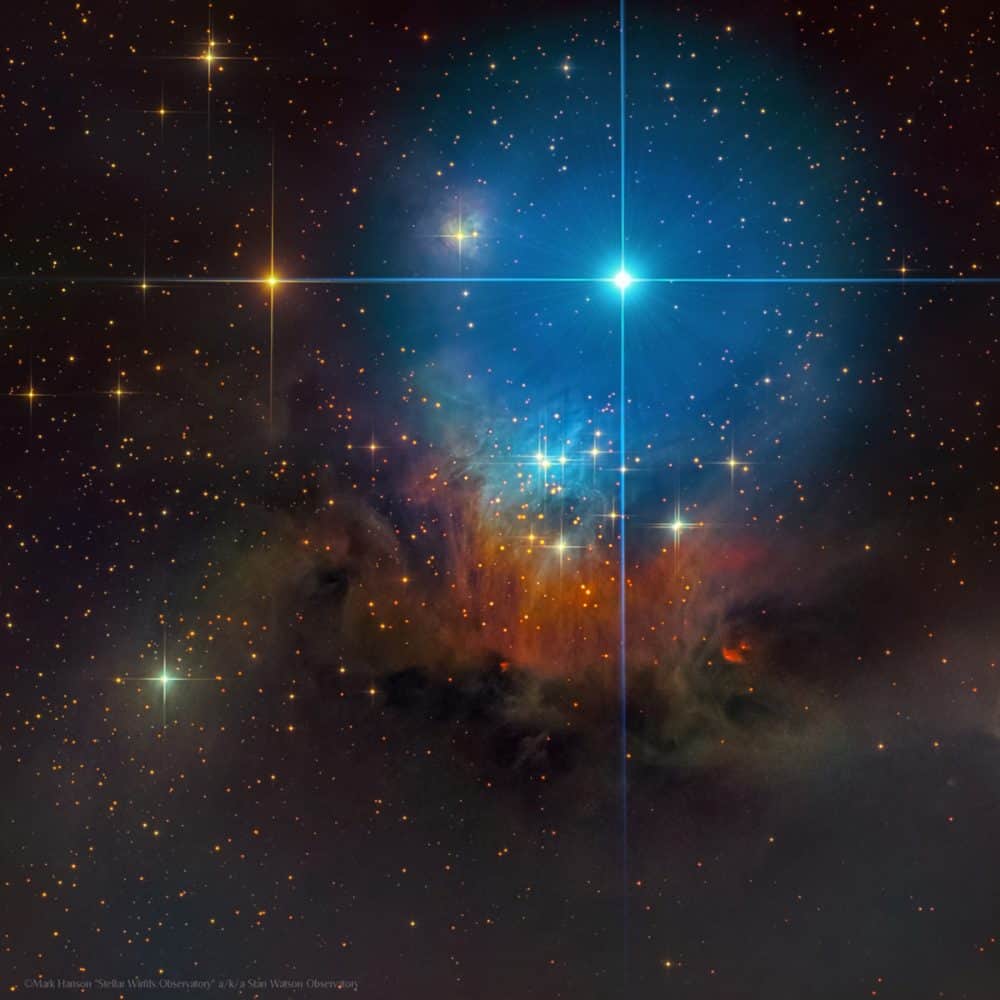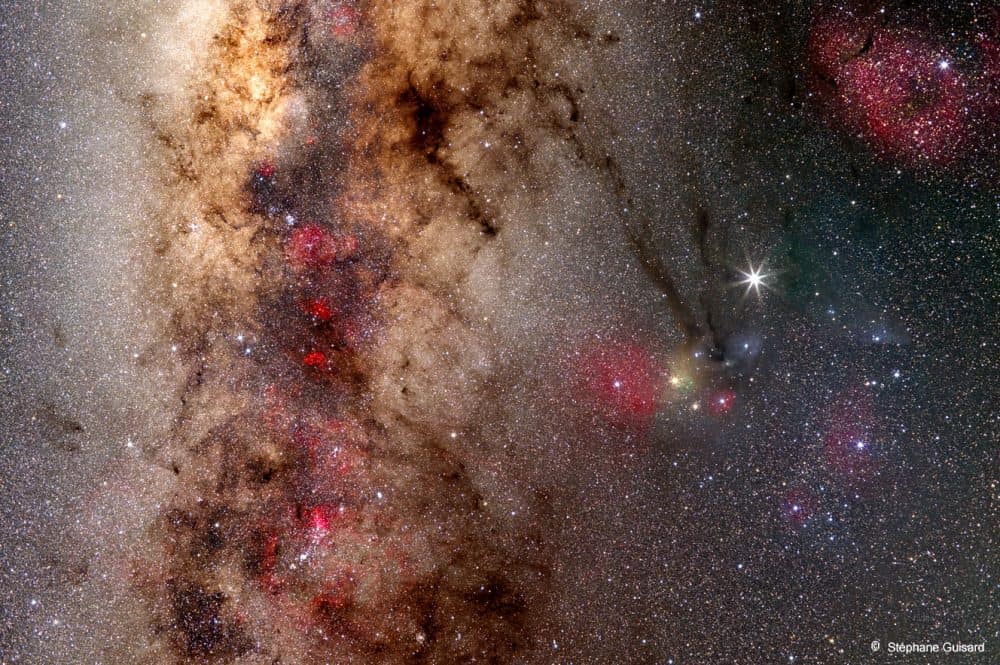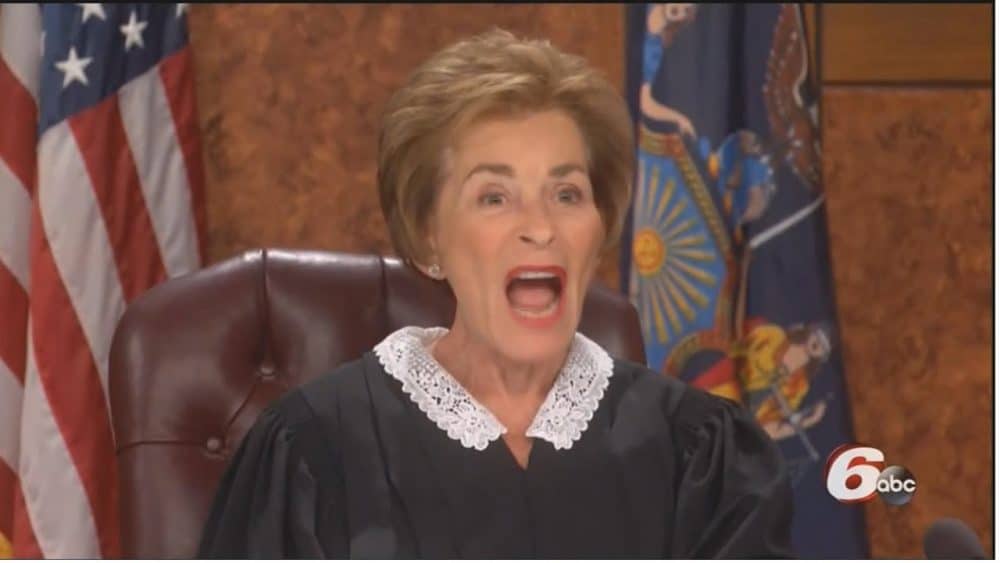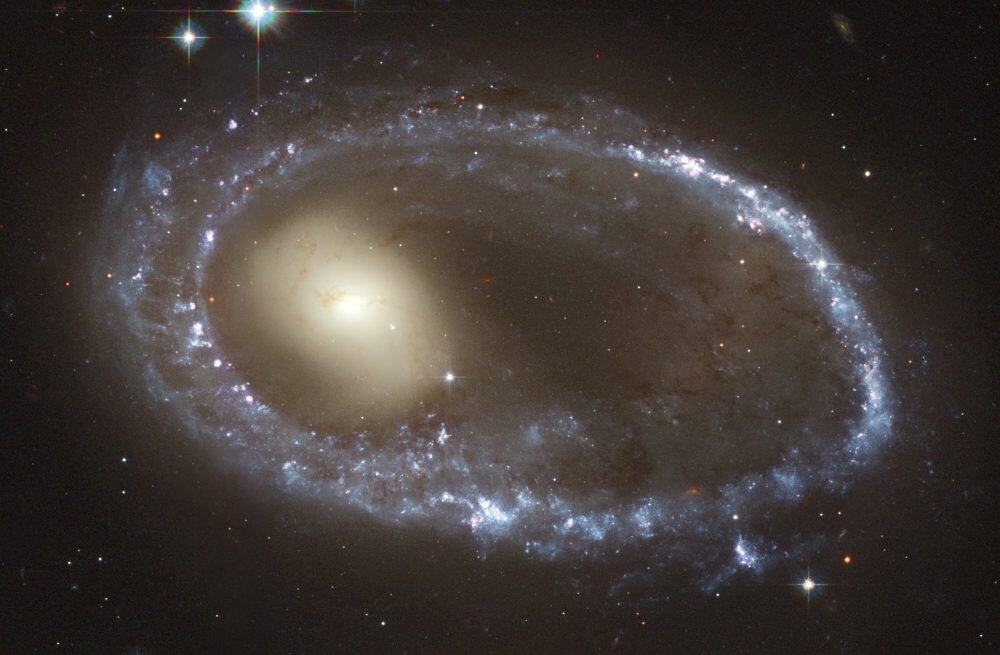Blog
IC 348 is a star-forming region in the constellation Perseus located about 315 parsecs from the Sun. It consists of nebulosity and an associated 2-million-year-old cluster of roughly 400 stars within an angular diameter of 20″. The most massive stars in the cluster are the binary star system BD+31°643, which has a combined spectral class of B5. Based upon infrared observations using the Spitzer Space Telescope, about half of the stars in the cluster have a circumstellar disk, of which 60% are thick or primordial disks. The age of this cluster has allowed three low mass brown dwarfs to be discovered. These objects lose heat as they age, so they are more readily discovered while they are still young
IC 348 (also known as IC 1985) is a rarely imaged open star cluster surrounded by a reflection nebula. The reason this object is not imaged is due to the very bright star glare washing most of the detail away. Countless hours slowly expanding this image to fight of the glare and reveal the wonderful image you see here. The light from the roughly 400 stars in the cluster is scattered by clouds of dust in the star-forming region, producing the reflection nebula.
more...John Charles Julian Lennon (born 8 April 1963) is an English musician and photographer, son of The Beatles member John Lennon and his first wife Cynthia.
He was the direct inspiration for three Beatles’ songs: “Lucy in the Sky with Diamonds” (1967), “Hey Jude” (1968), and “Good Night” (1968). His parents divorced in 1968, and he is half-brother to Sean Lennon. He has produced a number of albums starting with Valotte (1984), as well as a documentary film WhaleDreamers on an environmental theme. Lennon has also held exhibitions of his photography.
Lennon inspired one of his father’s most famous songs, “Lucy in the Sky with Diamonds,” whose lyrics describe a picture the boy had drawn, a watercolor painting of his friend, Lucy O’Donnell, from nursery school, surrounded by stars. Another composition of his father inspired by him was the lullaby “Good Night“, the closing song of The Beatles (also known as The White Album). In 1967, he attended the set of the Beatles’ film Magical Mystery Tour.
more...Paul Jeffrey (April 8, 1933 – March 20, 2015) was an American jazz tenor saxophonist, arranger, and educator. He was a member of Thelonious Monk‘s regular group from 1970–1975, and also worked extensively with other musicians such as Charles Mingus, Dizzy Gillespie, Clark Terry, Lionel Hampton and B.B. King.
Born in New York City, Jeffrey attended Kingston High School. After graduating in 1951, he completed a Bachelor of Science degree in music education at Ithaca College in 1955. He spent the late 1950s touring with bands led by Illinois Jacquet, Elmo Hope, Big Maybelle, and Wynonie Harris. From 1960 to 1961, Jeffrey toured the US with B.B. King, after which he worked as a freelance musician in the New York City area and toured with bands led by Howard McGhee, Clark Terry, and Dizzy Gillespie.[5]
Jeffrey’s first studio work as a leader was in 1968, when he recorded the album Electrifying Sounds for Savoy Records. He toured with the Count Basie Orchestra before beginning his associations with Thelonious Monk and Charles Mingus. He first joined Monk’s quartet for a multi-day run at the Frog & Nightgown club in Raleigh, North Carolina, in May 1970.
https://www.youtube.com/watch?v=SbbG23uOnlY
more...Carmen Mercedes McRae (April 8, 1922 – November 10, 1994) was an American jazz singer. She is considered one of the most influential jazz vocalists of the 20th century and is remembered for her behind-the-beat phrasing and ironic interpretation of lyrics. McRae was inspired by Billie Holiday, but she established her own voice. She recorded over sixty albums and performed worldwide. McRae was born in Harlem. Her father, Osmond, and mother, Evadne McRae, were immigrants from Jamaica.
In her late teens and early twenties, McRae played piano at a New York City club called Minton’s Playhouse, Harlem’s most famous jazz club, sang as a chorus girl, and worked as a secretary. It was at Minton’s where she met trumpeterDizzy Gillespie, bassist Oscar Pettiford, and drummer Kenny Clarke, had her first important job as a pianist with Benny Carter’s big band (1944), worked with Count Basie (1944) and under the name “Carmen Clarke” (having married Kenny Clarke)[3] made her first recording as pianist with the Mercer Ellington Band (1946–47). But it was while working in Brooklyn that she came to the attention of Decca’s Milt Gabler. Her five-year association with Decca yielded 12 LPs.
more...If Scorpius looked this good to the unaided eye, humans might remember it better. Scorpius more typically appears as a few bright stars in a well-known but rarely pointed out zodiacal constellation. To get a spectacular image like this, though, one needs a good camera, color filters, and a digital image processor. To bring out detail, the featured image not only involved long duration exposures taken in several colors, but one exposure in a very specific red color emitted by hydrogen. The resulting image shows many breathtaking features. Vertically across the image left is part of the plane of our Milky Way Galaxy. Visible there are vast clouds of bright stars and long filaments of dark dust. Jutting out diagonally from the Milky Way in the image center are dark dust bands known as the Dark River. This river connects to several bright stars on the right that are part of Scorpius’ head and claws, and include the bright star Antares. Above and right of Antares is an even brighter planet: Jupiter. Numerous red emission nebulas and blue reflection nebulas are visible throughout the image.Scorpius appears prominently in southern skies after sunset during the middle of the year.
more...Frederick Dewayne Hubbard (April 7, 1938 – December 29, 2008 Indianapolis, IN) was an American jazz trumpeter. He was known primarily for playing in the bebop, hard bop, and post-bop styles from the early 1960s onwards. His unmistakable and influential tone contributed to new perspectives for modern jazz and bebop. Hubbard started playing the mellophone and trumpet in his school band at Arsenal Technical High School in Indianapolis, Indiana. Trumpeter Lee Katzman, former sideman with Stan Kenton, recommended that he begin studying at the Arthur Jordan Conservatory of Music (now the Jordan College of the Arts at Butler University) with Max Woodbury, the principal trumpeter of the Indianapolis Symphony Orchestra. In his teens Hubbard worked locally with brothers Wes and Monk Montgomery and worked with bassist Larry Ridley and saxophonist James Spaulding. In 1958, at the age of 20, he moved to New York, and began playing with some of the best jazz players of the era, including Philly Joe Jones, Sonny Rollins, Slide Hampton, Eric Dolphy, J. J. Johnson, and Quincy Jones. On 19 June 1960 Hubbard made his first record as a leader, Open Sesame at the beginning of his contract with Blue Note Records, with saxophonist Tina Brooks, pianist McCoy Tyner, bassist Sam Jones, and drummer Clifford Jarvis. Six days later he returned the favor to Brooks, and recorded with him on True Blue.
Babatunde Olatunji (April 7, 1927 – April 6, 2003) was a Nigerian drummer, educator, social activist, and recording artist.
Olatunji was born in the village of Ajido, near Badagry, Lagos State, in southwestern Nigeria. A member of the Yoruba people, Olatunji was introduced to traditional African music at an early age. He read in Reader’s Digest magazine about the Rotary International Foundation’s scholarship program, and applied for it. He went to the United States of America in 1950.
After hearing Olatunji perform with the 66 piece Radio City Music Hall orchestra Columbia Records A&R man John Hammond signed Olatunji to the Columbia label in 1957. Two years later he released his first of six records on the Columbia label, called Drums of Passion. Drums of Passion became a major hit and remains in print; it introduced many Americans to world music. Drums of Passion also served as the band’s name.
Olatunji won a following among jazz musicians, notably creating a strong relationship with John Coltrane, with whose help he founded the Olatunji Center for African Culture in Harlem. This was the site of Coltrane’s final recorded performance. Coltrane wrote the composition “Tunji” on the 1962 album Coltrane in dedication to him. Olatunji recorded with many other prominent musicians (often credited as “Michael Olatunji”), including Cannonball Adderley (on his 1961 African Waltz album), Horace Silver, Quincy Jones, Pee Wee Ellis, Stevie Wonder, Randy Weston, and with Max Roach and Abbey Lincoln on the pivotal Freedom Now Suite aka We Insist!, and with Grateful Dead member Mickey Hart on his Grammy winning Planet Drum projects. He is also mentioned in the lyrics of Bob Dylan‘s “I Shall Be Free” as recorded on the album The Freewheelin’ Bob Dylan.
In 1969, Carlos Santana had a major hit with his cover version of this first album’s “Jin-go-lo-ba“, which Santana recorded on his debut album, Santana, as “Jingo”. Olatunji’s subsequent recordings include Drums of Passion: The Invocation (1988), Drums of Passion: The Beat (1989) (which included Airto Moreira and Carlos Santana), Love Drum Talk (1997), Circle of Drums (2005; originally titled Cosmic Rhythm Vibrations, with Muruga Booker and Sikiru Adepoju), and Olatunji Live at Starwood (2003 – recorded at the 1997 Starwood Festival with guest Halim El-Dabh. He also contributed to Peace Is the World Smiling: A Peace Anthology for Families on the Music for Little People label (1993).
more...Ramón “Mongo” Santamaría Rodríguez (April 7, 1917 – February 1, 2003) was a rumba quinto master and an Afro-Cuban Latin jazz percussionist. In 1950 he moved to New York City where he played with Perez Prado, Tito Puente, Cal Tjader, and the Fania All Stars. He was an integral figure in the fusion of Afro-Cuban rhythms with R&B and soul, paving the way for the boogaloo era of the late 1960s. His 1963 hit rendition of Herbie Hancock‘s “Watermelon Man” (recorded on December 17, 1962) was inducted into the Grammy Hall of Fame in 1998.
Santamaría was one of a group of Cuban congueros (“conga players”) who came to the United States in the 1940s and 1950s with Armando Peraza, Chano Pozo, Francisco Aguabella, Julito Collazo, Carlos Vidal Bolado, and Modesto Durán. Santamaría learned rumba as a kid in the streets of Havana’s Jesús María barrio. He reminisced: “In the neighborhood where I came from we had all kinds of music, mostly from Africa. We did not leave it alone; we changed it our way. The music we made dealt with religion and conversation. The drum was our tool and we used it for everything” (1979: 19). Gerard points out: “Santamaría, like other drummers of his generation, learned music in the streets by observing different drummers. When he started playing professionally, he learned on the job. His approach was utilitarian, not theoretical” (2001: 29). Santamaría was mentored on bongos and rumba quinto by Clemente “Chicho” Piquero, who played in Beny Moré’s band. He recalled: “I would go with Chicho and play the tumbadora and also the [quinto]. I would play everything because I learned a lot from Chicho—because he could play everything”.
Ravi Shankar (IPA: [ˈrɔbi ˈʃɔŋkɔr]; 7 April 1920 – 11 December 2012), born Rabindra Shankar Chowdhury, his name often preceded by the title Pandit (Master) and “Sitar maestro”, was an Indian musician and a composer of Hindustani classical music. He was the best-known proponent of the sitar in the second half of the 20th century and influenced many other musicians throughout the world. Shankar was awarded India’s highest civilian honour, the Bharat Ratna in 1999.
Shankar was born to a Bengali Brahmin family in India, and spent his youth touring India and Europe with the dance group of his brother Uday Shankar. He gave up dancing in 1938 to study sitar playing under court musician Allauddin Khan. After finishing his studies in 1944, Shankar worked as a composer, creating the music for the Apu Trilogy by Satyajit Ray, and was music director of All India Radio, New Delhi, from 1949 to 1956.
In 1956, Shankar began to tour Europe and the Americas playing Indian classical music and increased its popularity there in the 1960s through teaching, performance, and his association with violinist Yehudi Menuhin and Beatles guitarist George Harrison. His influence on the latter helped popularize the use of Indian instruments in pop music in the latter half of the 1960s. Shankar engaged Western music by writing compositions for sitar and orchestra, and toured the world in the 1970s and 1980s. From 1986 to 1992, he served as a nominated member of Rajya Sabha, the upper chamber of the Parliament of India. He continued to perform until the end of his life.
more...Eleanora Fagan (April 7, 1915 – July 17, 1959 Philadelphia, PA), better known as Billie Holiday, was an American jazz singer with a career spanning nearly thirty years. Nicknamed “Lady Day” by her friend and music partner Lester Young, Holiday had a seminal influence on jazz music and pop singing. Her vocal style, strongly inspired by jazz instrumentalists, pioneered a new way of manipulating phrasing and tempo. She was known for her vocal delivery and improvisational skills, which made up for her limited range and lack of formal music education.
After a turbulent childhood, Holiday began singing in nightclubs in Harlem, where she was heard by the producer John Hammond, who commended her voice. She signed a recording contract with Brunswick in 1935. Collaborations with Teddy Wilson yielded the hit “What a Little Moonlight Can Do“, which became a jazz standard. Throughout the 1930s and 1940s, Holiday had mainstream success on labels such as Columbia and Decca. By the late 1940s, however, she was beset with legal troubles and drug abuse. After a short prison sentence, she performed at a sold-out concert at Carnegie Hall, but her reputation deteriorated because of her drug and alcohol problems.
Though she was a successful concert performer throughout the 1950s with two further sold-out shows at Carnegie Hall, Holiday’s bad health, coupled with a string of abusive relationships and ongoing drug and alcohol abuse, caused her voice to wither. Her final recordings were met with mixed reaction, owing to her damaged voice, but were mild commercial successes. Her final album, Lady in Satin, was released in 1958. Holiday died of cirrhosis on July 17, 1959.
She won four Grammy Awards, all of them posthumously, for Best Historical Album. She was inducted into the Grammy Hall of Fame in 1973. Lady Sings the Blues, a film about her life, starring Diana Ross, was released in 1972. She is the primary character in the play (later made into a film) Lady Day at Emerson’s Bar and Grill; the role was originated by Reenie Upchurch in 1986, and was played by Audra McDonald on Broadway and in the film. In 2017 Holiday was inducted into the National Rhythm & Blues Hall of Fame.
more...https://www.youtube.com/watch?v=4_c07lH6wcU
more...JUDGE JUDY APPEARANCE!
For Legal Concerns, Stipulations and Agreements, I cannot reveal the outcome of todays Judge Judy filming; until it is aired perhaps in a month or two out. I do not have a airing date yet. And I think I can safely say I did get YELLED AT lol. However we did have a outrageous blast!
AM 0644-741, also known as the Lindsay-Shapley Ring, is an unbarred lenticular galaxy, and a ring galaxy, which is 300 million light-years away in the southern constellation Volans. The yellowish nucleus was once the center of a normal spiral galaxy, and the ring which currently surrounds the center is 150,000 light years in diameter. The ring is theorized to have formed by a collision with another galaxy, which triggered a gravitational disruption that caused dust in the galaxy to condense and form stars, which forced it to then expand away from the galaxy and create a ring. The ring is a region of rampant star formation dominated by young, massive, hot blue stars. The pink regions along the ring are rarefied clouds of glowing hydrogen gas that is fluorescing as it is bombarded with strong ultraviolet light from the blue stars. Galactic simulation models suggest that the ring of AM 0644-741 will continue to expand for about another 300 million years, after which it will begin to disintegrate.
more...Arthur S. Taylor, Jr. (April 6, 1929 – February 6, 1995) was an American jazz drummer who “helped define the sound of modern jazz drumming”.
In 1963 he moved to Europe, where he lived mainly in France and Belgium for 20 years, playing with local groups and jazz musicians such as Johnny Griffin, John Bodwin and with travelling American musicians such as Woody Shaw during the latter’s tenure in Paris.
more...Charlie Rouse (April 6, 1924 – November 30, 1988) was an American hard bop tenor saxophonist and flautist. His career is marked by his collaboration with Thelonious Monk, which lasted for more than ten years.Rouse was born in Washington, DC in 1924. At first he worked with the clarinet, before turning to the saxophone.
Rouse began his career with the Billy Eckstine Orchestra in 1944, followed by the Dizzy Gillespie Big Band in 1945, the Duke Ellington Orchestra from 1949 to 1950, the Count Basie Octet in 1950, Bull Moose Jackson And His Buffalo Bearcats in 1953, and the Oscar Pettiford Sextet in 1955. He made his recording debut with Tadd Dameron in 1947, and in 1957 made a notable album with Paul Quinichette.
more...Walter Horton, better known as Big Walter (Horton) or Walter “Shakey” Horton (April 6, 1921 – December 8, 1981) was an American blues harmonica player. A quiet, unassuming, shy man, he is remembered as one of the premier harmonica players in the history of blues. Willie Dixon once called Horton “the best harmonica player I ever heard.”
Robert Palmer named him as “one of the three great harmonica soloists of modern blues”, with the two others being cited as Little Walter and Sonny Boy Williamson II. Horton was born in Horn Lake, Mississippi. Horton claimed to be born in 1917, His birth date is often cited as April 6, 1918, although some sources give the year as 1917 or 1921. He was playing the harmonica by the time he was five years old. In his early teens, he lived in Memphis, Tennessee. He claimed that his earliest recordings were done there in the late 1920s with the Memphis Jug Band, but there is no documentation of them, and some blues researchers have stated that this story was likely to have been fabricated by Horton.
Like many of his peers, he lived on a meager income during much of his career and endured racial discrimination in the racially segregated United States. In the 1930s he played with numerous blues performers in the Mississippi Delta region. It is generally accepted that he was first recorded in Memphis, backing the guitarist Little Buddy Doyle on Doyle’s recordings for Okeh Records and Vocalion Records in 1939. These recordings were acoustic duets, in a style popularized by Sleepy John Estes and his harmonicist Hammie Nixon, among others. On these recordings, Horton’s style was not yet fully realized, but there are clear hints of what was to come. He eventually stopped playing the harmonica for a living, because of poor health, and worked mainly outside the music industry in the 1940s. By the early 1950s, he was playing music again. He was among the first to be recorded by Sam Phillips, at Sun Records in Memphis, who later recorded Elvis Presley, Carl Perkins, and Johnny Cash. For his recordings for Sun, Horton was accompanied by the young pianist Phineas Newborn, Jr., who later was a well-known jazz pianist. Horton’s instrumental track “Easy”, recorded around this time, was based on Ivory Joe Hunter‘s “I Almost Lost My Mind“.
During the early 1950s he appeared on the Chicago blues scene, frequently playing with Memphis and Delta musicians who had also moved north, including the guitarists Eddie Taylor and Johnny Shines. When Junior Wells left the Muddy Waters band at the end of 1952, Horton replaced him long enough to play on one session, in January 1953.
Also known as Mumbles and Shakey (because of his head motion while playing the harmonica), Horton was active in the Chicago blues scene during the 1960s, as blues music gained popularity with white audiences. From the early 1960s onward, he recorded and frequently performed as a sideman with Taylor, Shines, Johnny Young, Sunnyland Slim, Willie Dixon and many others.
more...Tanzania
more...More Posts
- Music for Surviving the Pandemic and Realizing Racial Justice
- The Cosmos with B59, B72, B77 & B78
- Rahsaan Roland Kirk Day
- Idrees Sulieman Day
- Manitas De Plata Day
- George Van Eps Day
- Flamenco Fridays with Rafael Riqueni
- Daily Roots with Chronixx
- Music for Surviving the Pandemic and Realizing Racial Justice
- The Cosmos with M20/21
- Regina Carter Day
- Ravi Coltrane Day
- Charlie Haden Day
- Abby Lincoln Day
- Buddy Collette Day
- Willie Brown Day
- World Music with Coşkun Karademir & Gülşah Erol
- Daily Roots with Luciano
- Music for Surviving the Pandemic and Realizing Racial Justice
- The Cosmos with NGC 2899



